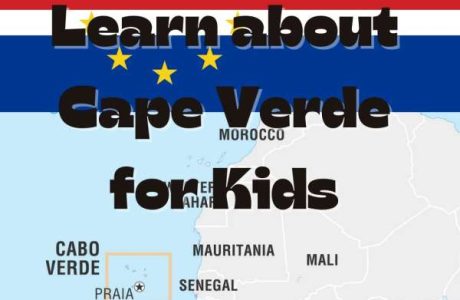
Aruba’s catchphrase bills it as one happy island, and this little land in the southern Caribbean probably got its name from the indigenous word oruba, which means “well situated island.” It’s a part of the kingdom of the Netherlands, which is not the only difference it has from most other islands in this part of the world.
Aruba Basics
Aruba is about 20 miles or 32 kilometers across and 6 miles/10 kilometers wide at its widest point. That makes it just over 69 square miles, or about 179 square kilometers, and it is home to more than 100,000 people. Most people who live there are Dutch, while ethnic Colombians, Venezuelans and Dominicans make up much of the rest of the population.
The island is about 18 miles or 29 kilometers north of Paraguaná, which is a peninsula in Venezuela. It’s one of the so-called ABC islands (with Bonaire and Curacao), which are all Dutch territories, along with the SSS islands (Sint Maarten, Sint Eustatius and Saba). Aruba makes up about a third of the population of the Dutch Caribbean islands.
Since 1986 Aruba has been a constituent country of the kingdom of the Netherlands, and its people are considered Dutch citizens.
One of the other unique things about Aruba is that is has a dry climate with a desert landscape, which is partly due to its climate but also because of deforestation that took place when the island was a Spanish colony.
The capital and largest city is Oranjestad, and the official languages are Dutch and Papiamento, a kind of Portuguese Creole language common in the Caribbean.
Aruba National Symbols
As part of the Netherlands the flag features red, white and blue horizontal bars, but they also have their own flag, which is sky blue with a red, four-pointed star edged in white at the top left and two horizontal yellow stripes across the bottom.
Light blue signifies the ocean, while yellow is for abundance and solidarity. The lines themselves represent prosperity from gold mining and aloe production in the past. Red can stand for love and shed blood, and the four-pointed star evokes a compass, to acknowledge that people have come there from all over the world. White is for peace and also the country’s sandy beaches.
The national anthem is “Aruba Dushi Tera,” or “Aruba, Sweet Land.”
[youtube https://www.youtube.com/watch?v=q93DvZsXSZs?si=1UeXi-o_K1_tS3MB]
While it doesn’t seem to be official, Arubans take pride in the divi-divi trees that grown on the island, and are also known as watapana there. These trees stay small and always lean to the southwest because of the strength of the trade winds on the island. Many kinds of cacti also grow there, and the Aruban whiptail is a common variety of lizard you will find there.
There are also wild donkeys on the island, which were originally brought there by the Spanish. If you visit the island you can go to a wild donkey sanctuary and pet and hug the donkeys yourself.
Aruba Activities for Kids
Play at panning for gold with an activity like the one at Mess for Less while you learn about the Bushiribana gold mine ruins in Aruba. The smelter was built in 1872 and was in operation only about 10 years, but the walls of the mine remain. Learn more about deserts with National Geographic Kids.
Check out Alto Vista Chapel, originally built by Venezuelan missionaries in 1750, it is said to be the oldest church in the country. As you might guess from the name it also has a great view.
Food in Aruba is a mix of Caribbean and Dutch influences. Fried plantains are popular, as is meat and vegetable stew (commonly made with goat but this version from My Aruba Guide uses beef). Fried dough filled with all sorts of things called pastechi are also popular (similar to an empanada). But keshi yena is considered the national dish, which is basically seasoned meat covered with a shell of Edam cheese. Get a recipe from Carne Diem.
Check out Amazon for these kids’ books on Aruba.





Leave a Reply